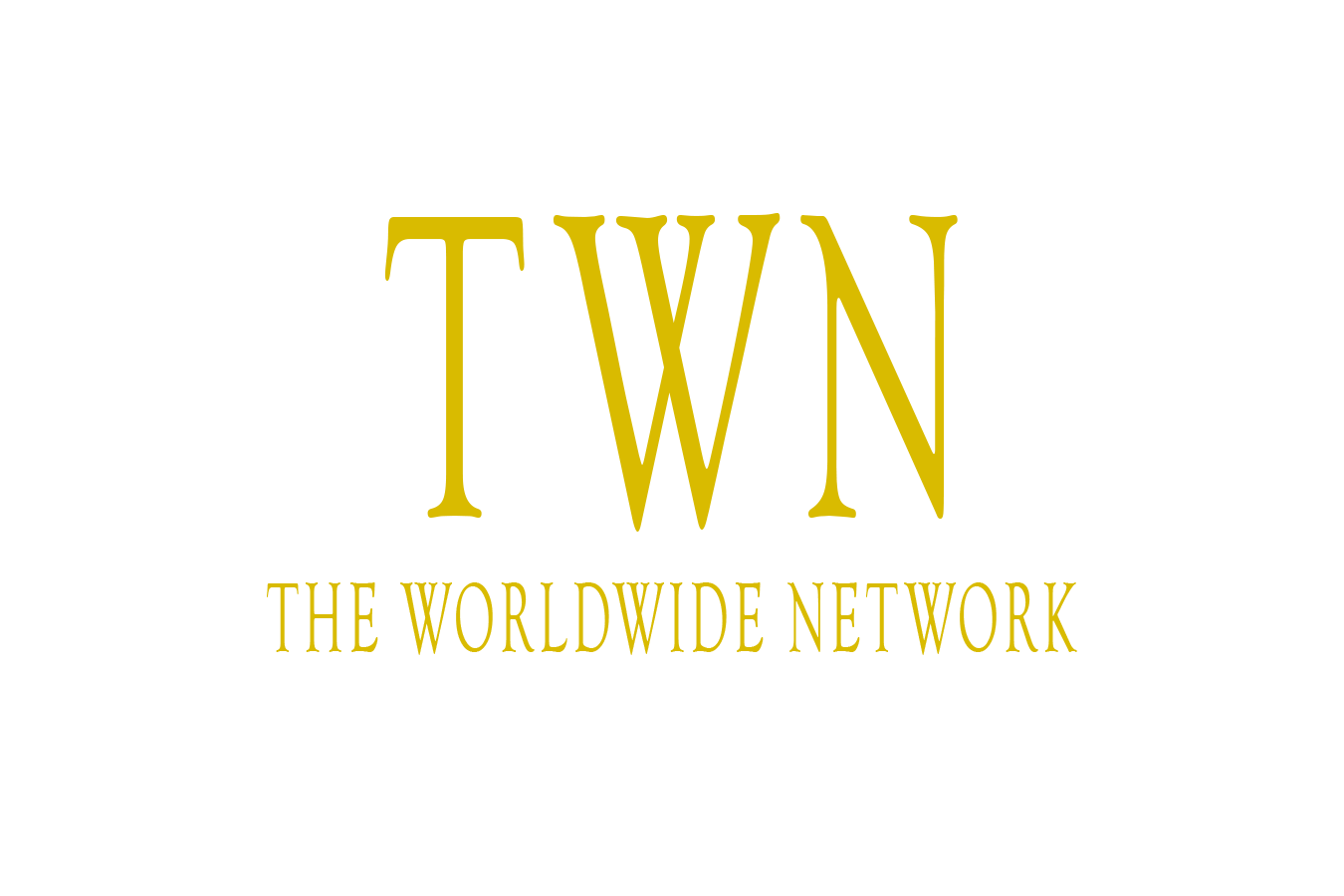Content: The Catalyst for Marketing & Advertising.
Content has emerged as a powerful catalyst for marketing and advertising. It is not merely a component of a strategy; it is the very foundation upon which effective marketing campaigns are built. Content drives engagement, informs purchasing decisions, and fosters relationships between brands and consumers. This blog explores the multifaceted role of content in modern marketing and advertising, its significance, and best practices for leveraging it effectively.
The Evolution of Content in Marketing: From Traditional to Digital
Historically, marketing relied heavily on traditional media—television, radio, and print—to convey messages to a broad audience. These one-way communications provided limited interaction and engagement. However, with the rise of the internet and digital platforms, the landscape has shifted dramatically. Brands now have the opportunity to create dynamic content that not only informs but also engages and interacts with consumers in real time.
The Rise of Content Marketing
Content marketing emerged as a strategic approach that focuses on creating and distributing valuable, relevant content to attract and retain a clearly defined audience. This method prioritises building trust and authority over direct selling, positioning brands as thought leaders in their industries. The evolution from traditional advertising to content marketing reflects a fundamental change in consumer behaviour—people prefer informative, entertaining, and engaging content over overt sales pitches.
The Role of Content in Marketing and Advertising
1. Building Brand Awareness
Content is essential for establishing and enhancing brand awareness. Through blogs, articles, social media posts, and videos, brands can communicate their values, mission, and unique selling propositions. Engaging and shareable content increases visibility, allowing brands to reach wider audiences. When consumers recognise a brand and associate it with quality content, they are more likely to consider it when making purchasing decisions.
2. Engaging the Audience
Engagement is at the heart of effective marketing. Content provides the means to connect with consumers on a deeper level. By creating relatable, informative, and entertaining content, brands can foster meaningful interactions. For instance, storytelling—a powerful content strategy—can evoke emotions and create connections, making consumers more likely to engage with the brand.
3. Educating Consumers
Informed consumers are empowered consumers. Content allows brands to educate their audiences about their products or services, industry trends, and best practices. Whether through how-to guides, webinars, or informative blog posts, valuable content can help potential customers make informed purchasing decisions, thereby increasing conversion rates.
4. Driving Traffic and SEO
High-quality content is critical for search engine optimisation (SEO). By incorporating relevant keywords and providing valuable information, brands can improve their search rankings, driving organic traffic to their websites. More traffic often translates to more leads and potential sales. Moreover, engaging content encourages visitors to spend more time on a site, further enhancing its SEO performance.
5. Nurturing Relationships
Content plays a crucial role in nurturing customer relationships. Through newsletters, personalised emails, and social media interactions, brands can maintain ongoing communication with their audience. This continual engagement fosters loyalty and trust, encouraging repeat business and customer advocacy.
6. Supporting Lead Generation
Effective content can be a powerful lead generation tool. By offering valuable resources—such as eBooks, white-papers, or free trials—in exchange for contact information, brands can build their email lists and nurture leads through targeted content. This strategy helps convert potential customers into loyal clients over time.
Best Practices for Leveraging Content in Marketing and Advertising
To harness the full potential of content as a catalyst for marketing and advertising, brands must adopt specific best practices:
1. Develop a Content Strategy
A well-defined content strategy is essential for success. Brands should outline their goals, target audience, and the types of content that will resonate most. A clear strategy ensures consistency and relevance, making it easier to measure performance and adjust tactics as needed.
2. Know Your Audience
Understanding the target audience is crucial for creating impactful content. Brands should conduct thorough research to identify their audience’s preferences, pain points, and behaviours. This information allows for the development of tailored content that speaks directly to their needs and interests.
3. Create High-Quality Content
Quality is paramount. Brands must prioritise producing high-quality content that is well-researched, informative, and visually appealing. Engaging content that provides value is more likely to be shared, increasing its reach and effectiveness.
4. Embrace Diverse Content Formats
Different formats cater to varying audience preferences. Brands should explore a mix of content types—such as articles, videos, infographics, podcasts, and social media posts—to engage their audience effectively. This diversity can enhance user experience and broaden reach.
5. Optimise for SEO
SEO should be an integral part of the content creation process. Brands should conduct keyword research to identify relevant terms and incorporate them naturally into their content. Optimising titles, headings, and meta descriptions can further enhance search visibility.
6. Utilize Social Media
Social media platforms are invaluable for content distribution. Brands should leverage these channels to share content, engage with their audience, and foster community. Social media allows for real-time interactions, making it easier to connect with consumers and gather feedback.
7. Analyse and Adjust
Continuous improvement is essential for content marketing success. Brands should regularly analyse content performance using analytics tools. Metrics such as engagement rates, traffic, and conversion rates provide insights into what works and what doesn’t, enabling brands to refine their strategies accordingly.
The Future of Content in Marketing and Advertising
As technology continues to evolve, the role of content in marketing and advertising will undoubtedly transform.
Emerging trends will shape how brands create, distribute, and engage with their audience:
1. Personalisation
Consumers increasingly expect personalised experiences. Brands that leverage data analytics to create tailored content will be better positioned to connect with their audience. Personalisation can enhance engagement, increase conversion rates, and foster brand loyalty.
2. Interactive Content
Interactive content—such as quizzes, polls, and augmented reality experiences—will play a more significant role in engaging consumers. This format encourages active participation, making it more memorable and impactful.
3. Video Content
Video continues to dominate digital content consumption. Brands should invest in video marketing strategies, creating informative, entertaining, and visually appealing content that resonates with their audience. Live streaming and short-form video content are particularly effective in capturing attention.
4. Voice Search and AI
With the rise of voice-activated devices and AI, optimising content for voice search will become increasingly important. Brands must adapt their content strategies to accommodate the conversational nature of voice queries.
Conclusion
Content is the catalyst for modern marketing and advertising, serving as the backbone of successful campaigns. It builds brand awareness, engages consumers, educates audiences, drives traffic, nurtures relationships, and supports lead generation. By embracing best practices and continuously adapting to changing trends, brands can leverage content to not only connect with their audience but also drive sustainable growth.
As we move further into a digital-first world, the importance of quality content will only increase. Brands that prioritise content as a strategic asset will not only thrive in their marketing efforts but will also create lasting connections with their consumers, ultimately driving success in an ever-competitive landscape.

 Previous Post
Previous Post Next Post
Next Post









